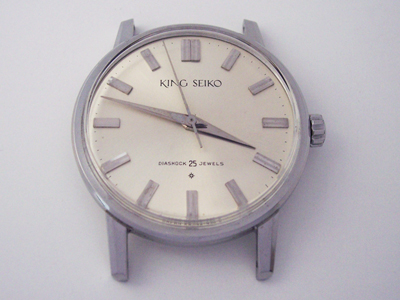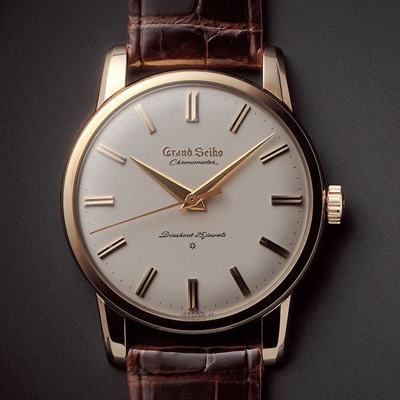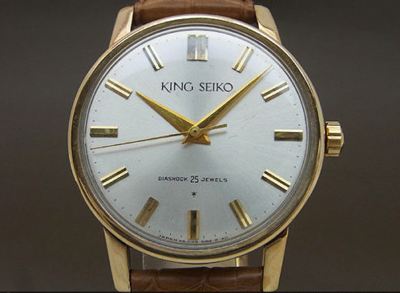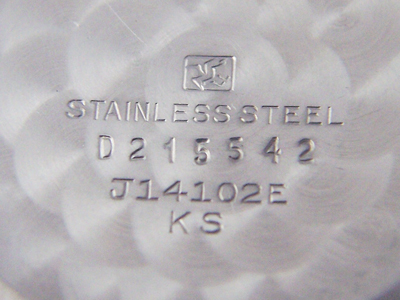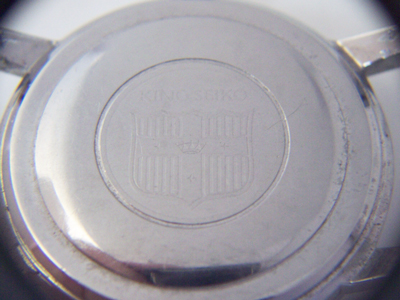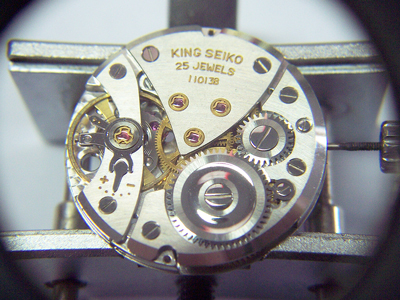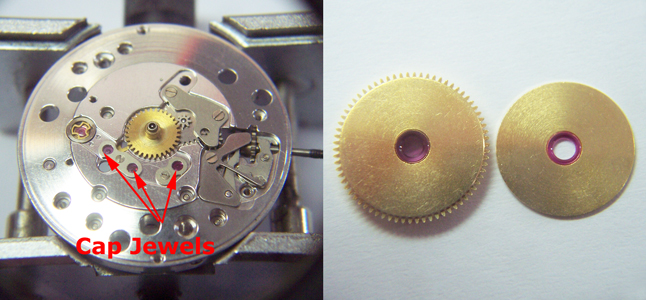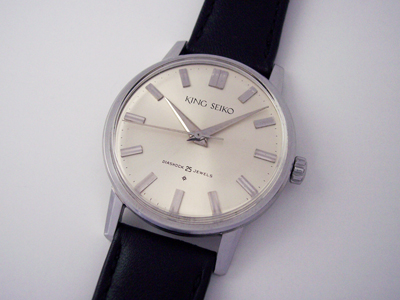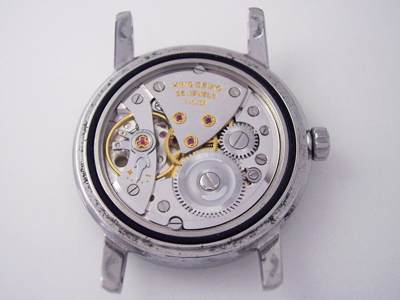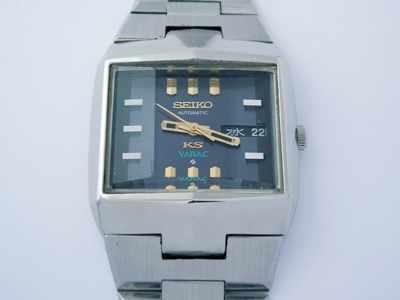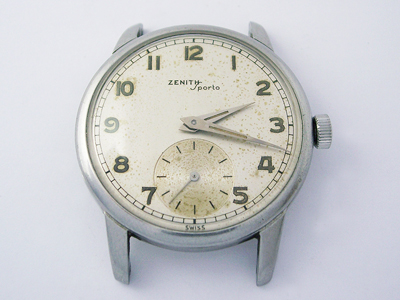Something of a ground breaker this time on the blog, the first King Seiko model, the J14102E.
(Click pictures to enlarge)
Although the Seiko story dates back to 1881 when the founder, Kintano Hattori, started a business to repair and sell imported wall clocks and watches, the first Seiko branded timepiece was not released until 1923. Over the next decade Seiko prospered and in 1937 a second factory, Daini (Japanese for second) Seikosha, was opened to increase their production capabilities.
In 1959 a decision was made to make the two factories, Suwa Seikosha and Daini Seikosha, wholly independent subsidiaries under the Seiko brand. From that point on, no designs, movement parts or development information was shared between the two factories, effectively promoting competition between the two and making them rivals.
During the 1960’s and early 70’s the two entities would compete across all segments of the market, though the competition was most evident at the prestige end of the market where technological development and accuracy were key factors for the Seiko brand.
In December 1960 the Suwa factory released the first Grand Seiko model, realising their long held ambition to produce a chronometer rated timepiece that exceeded the recognised standards of the Official Swiss Chronometer Testing Institute, the Contrôle Officiel Suisse des Chronomètres (COSC) – the use of the word ‘Chronometer’ on the dial irked the Swiss watchmaking industry however, as no watches had been submitted to the COSC for official testing.
In response, Daini released the model in this post, the first King Seiko which was given the model number J14102E. Produced from June 1961 until September 1963, the model was first introduced in August 1961 and featured a gold plated case with solid gold hands and dial markers. The stainless steel cased model, with solid white gold hands and dial markers, was released a year later in June 1962 and produced until October 1963.
Although exact production numbers are unknown, it is thought that only 25% of the watches produced were in stainless steel cases. The watch in this post also has what is called an ‘SD’ dial, making it one of the rarest King Seiko’s as only 10% of the total production had a stainless steel case and SD dial – An SD dial has solid white gold indices with a crease down every marker whereas the more common ‘AD’ dial has smooth markers for the 3, 6 and 9 and the dial reference under the 6 marker ends with ‘-AD’, rather than ‘-E’ for SD dials (see the picture above for example).
Looking inside the caseback there is the ‘tsuru’ or crane insignia marked in all Daini produced watches, along with the case serial and model numbers.
Whereas the gold plated model had an applied gold medallion on the caseback, the stainless steel version was not so luxurious, having just an engraved King Seiko insignia on the back. As is often the case with both vintage King and Grand Seiko models, the caseback insignias and medallions suffer from wear and/or exposure to moisture and this one is no exception being worn almost smooth.
Inside the watch is a 25 jewel, manually wound calibre representing the pinnacle of Daini’s development at the time – although curiously it has no calibre designation, each movement was given only an individual serial number.
The quality is clearly evident as each train wheel pivot has a Diafix mount and the balance has a full bridge and micro-regulator. The train wheels also have cap jewels on the dial side of the movement to prevent contamination and the calibre is jewelled all the way down to the barrel.
The watch arrived in good working order this time and needed no more than a routine service, case clean, crystal polish and a new caseback gasket.
It’s too bad that the case has some pitting and ‘bracelet rash’ on the back of the lugs but that’s not unusual, especially after being around for almost 60 years.
Rich.

